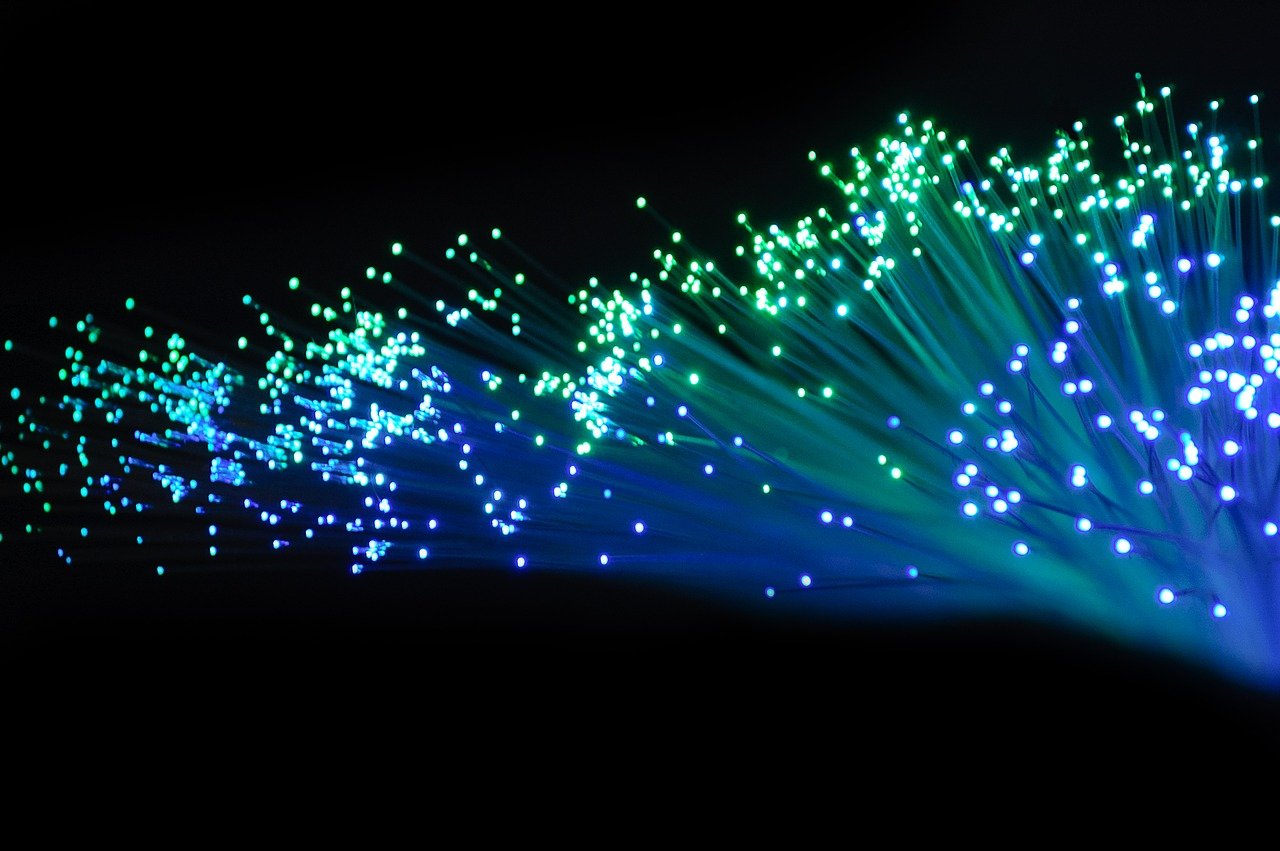Unveiling the Technology Behind Active Optical Cables (AOC) for HDMI
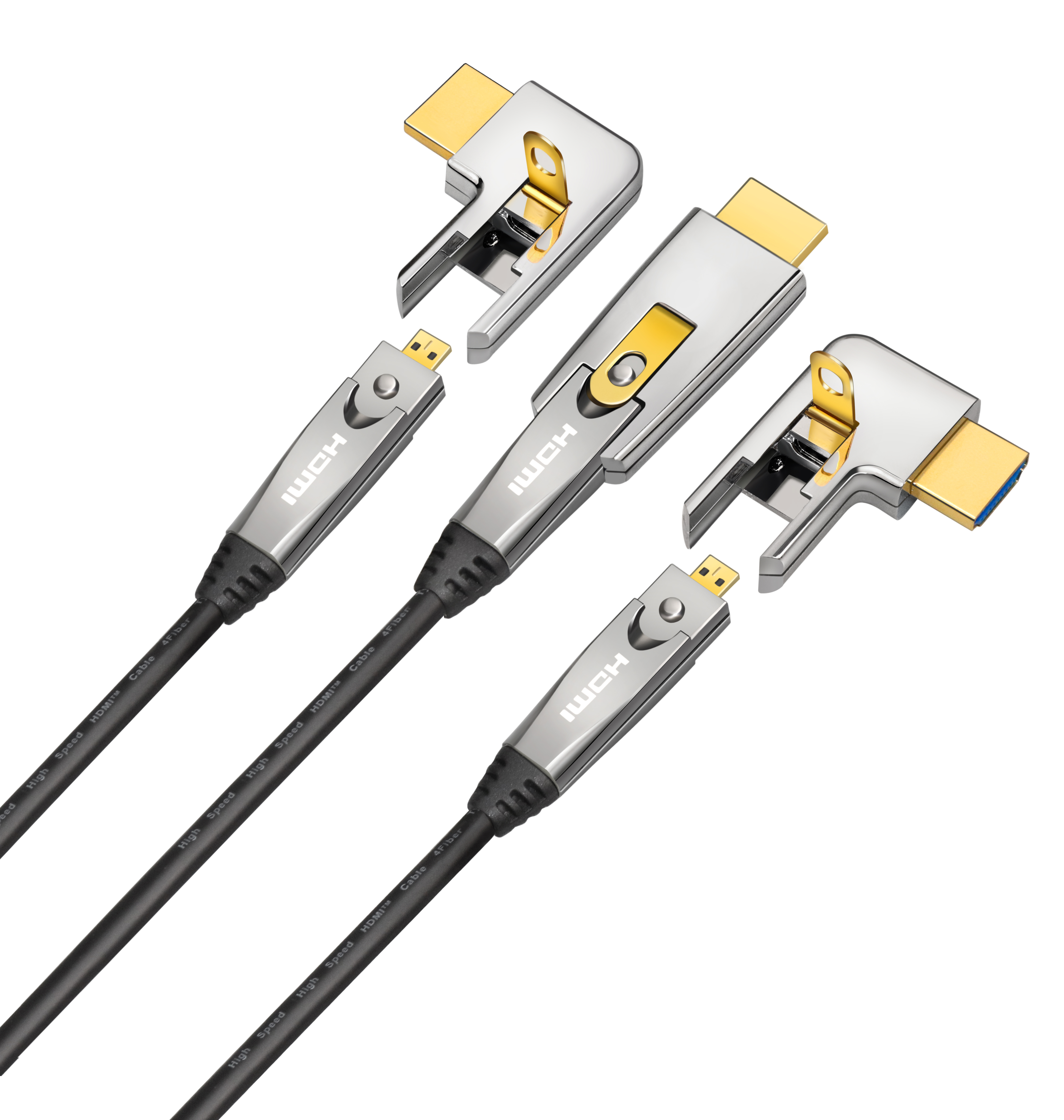
Unveiling HDMI's Importance
HDMI connections play a crucial role in transmitting audio and video signals, serving as the backbone of modern multimedia systems. These connections enable seamless transmission of high-quality content from devices such as Blu-ray players, gaming consoles, and streaming devices to TVs, monitors, and projectors. However, traditional copper cables have limitations when it comes to longer cable lengths and higher data rates.
This is where Active Optical Cables (AOC) come into play. AOCs have revolutionized HDMI connections by combining optical fibers and electrical components. Understanding the technology behind AOCs is essential for optimizing HDMI performance and unlocking their full potential. In the following sections, we will explore the inner workings of AOCs, their advantages over copper cables, and key considerations for choosing the right AOC for your setup. Let's dive deeper into this fascinating technology that has transformed HDMI connectivity.
Understanding Active Optical Cables (AOC)
What are Active Optical Cables?
Active Optical Cables (AOC) are innovative solutions that combine optical fibers and electrical components to transmit audio and video signals. Unlike traditional copper cables, AOCs convert electrical signals into optical signals for transmission. This conversion is made possible by the integration of active components within the cable itself.
The technology behind AOCs enables longer cable lengths and higher data rates compared to copper cables. By utilizing optical fibers, AOCs can effectively transmit signals over greater distances without experiencing signal degradation or loss. This makes them ideal for applications that require extended cable runs, such as large conference rooms, auditoriums, or home theater setups.
Working Principle of AOCs
AOCs consist of three main components: optical transmitters, receivers, and fiber optic cables. The transmitter is responsible for converting electrical signals into light signals using advanced semiconductor technology. These light signals are then transmitted through the fiber optic cables with minimal loss or interference.
On the receiving end, the receiver component captures the light signals and converts them back into electrical signals that can be understood by HDMI-enabled devices. This process ensures a seamless transmission of audio and video data from the source device to the display device.
The use of fiber optic technology in AOCs provides several advantages over traditional copper cables. Fiber optics offer superior bandwidth capabilities, allowing for high-speed data transmission without compromising signal quality. Additionally, they are immune to electromagnetic interference (EMI) and provide better resistance to signal attenuation over longer distances.
In summary, Active Optical Cables leverage a combination of optical fibers and active components to enable reliable and high-performance transmission of audio and video signals. Their working principle ensures optimal signal integrity while offering extended cable lengths and increased data rates compared to conventional copper cables.
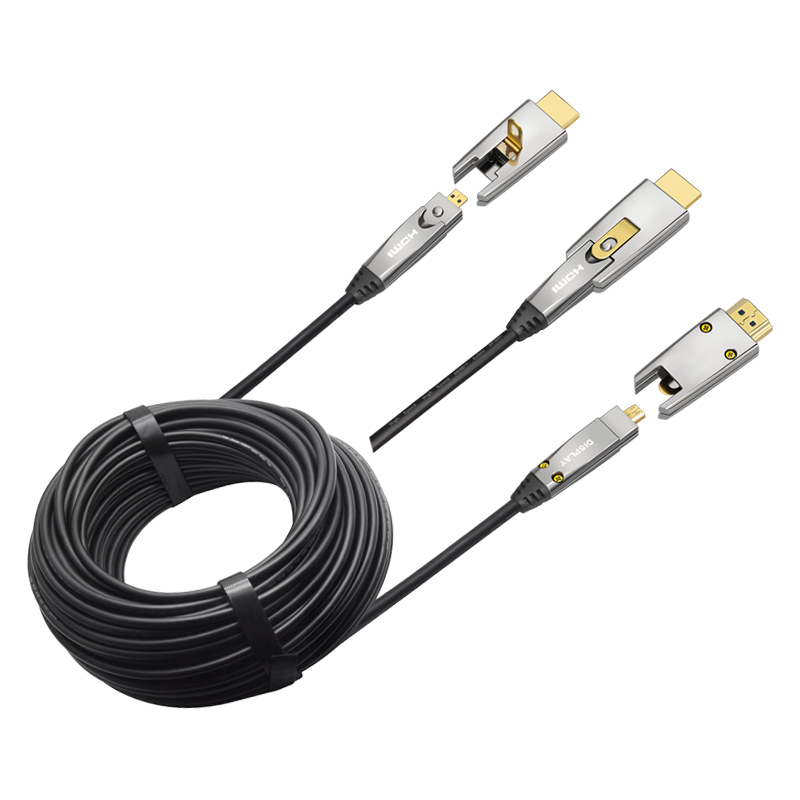
Advantages of AOCs for HDMI Connections
Superior Performance and Signal Quality
Active Optical Cables (AOCs) offer a range of advantages that significantly enhance the performance and signal quality of HDMI connections. One of the key benefits is their ability to provide high-speed and reliable transmission of audio and video signals. AOCs utilize advanced optical technology, allowing for faster data transfer rates and minimizing latency issues. This ensures a seamless viewing experience with smooth playback and minimal signal loss.
Furthermore, AOCs excel in signal integrity, offering better resistance to electromagnetic interference (EMI) compared to traditional copper cables. EMI can degrade the quality of audio and video signals, resulting in pixelation, distortion, or even complete signal loss. With AOCs, you can enjoy crystal-clear images and pristine sound without any interference issues.
Another advantage of AOCs is their support for higher resolutions and longer cable lengths. Copper cables have limitations when it comes to transmitting high-resolution content over extended distances. In contrast, AOCs leverage fiber optic technology to maintain signal integrity even over longer cable runs. This makes them ideal for setups that require long-distance connectivity, such as home theaters or conference rooms.
Flexibility and Ease of Installation
AOCs offer remarkable flexibility and ease of installation compared to traditional copper cables. They are lightweight and highly flexible, making them easy to route in tight spaces or around corners without compromising signal quality. This flexibility allows for neater cable management and reduces clutter in your setup.
Unlike copper cables that may require additional signal boosters or repeaters to maintain signal strength over long distances, AOCs eliminate the need for such devices. The inherent properties of fiber optics enable AOCs to transmit signals over greater distances without requiring any additional equipment.
Additionally, AOCs are plug-and-play solutions that do not require an external power source. Once connected between compatible devices, they are ready to use, simplifying the installation process. This convenience makes AOCs an excellent choice for both professional installations and home theater enthusiasts looking for hassle-free connectivity.
In summary, AOCs provide superior performance and signal quality compared to copper cables. They offer high-speed transmission, better signal integrity, and support for higher resolutions and longer cable lengths. Additionally, their flexibility and ease of installation make them a convenient choice for various audio/video setups.
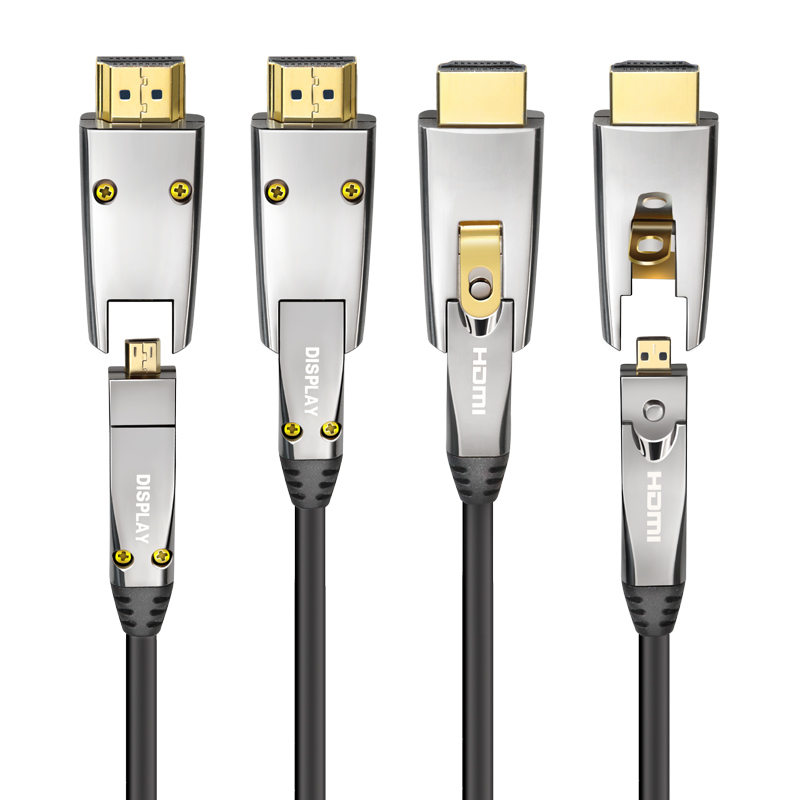
Key Considerations for Choosing AOCs for HDMI
Cable Length and Bandwidth Requirements
When choosing Active Optical Cables (AOCs) for your HDMI setup, it's crucial to consider the cable length and bandwidth requirements. Start by determining the required cable length based on the distance between your source device and display device. Ensure that the AOC you select meets or exceeds this specification to avoid any signal degradation or loss.
Additionally, consider the bandwidth requirements for your desired audio and video resolutions. Higher resolutions, such as 4K or even 8K, require more bandwidth to transmit the increased amount of data. Make sure that the AOC you choose can handle the necessary data rates to support these resolutions without compromising signal quality.
To future-proof your setup, it's advisable to opt for AOCs with higher data rates. This allows for compatibility with emerging technologies and ensures that your system can accommodate advancements in audio and video formats. By selecting AOCs with higher data rates, you can enjoy a longer lifespan for your HDMI connectivity solution.
Compatibility and Connector Types
Before purchasing an AOC, ensure its compatibility with HDMI standards and versions. Different HDMI standards may have varying capabilities, so it's important to choose an AOC that aligns with your specific requirements. Check if the AOC supports the HDMI version used by your devices to guarantee seamless connectivity.
Another consideration is the connector types supported by both ends of the AOC. The most common connector type is HDMI Type A, which is widely used in consumer electronics. However, some devices may require different connector types like HDMI Type C (mini-HDMI) or Type D (micro-HDMI). Verify that the AOC has compatible connectors on both ends to ensure proper connectivity between your devices.
In some cases, you may need additional adapters or converters to bridge any compatibility gaps between devices and connectors. Take into account these potential needs when choosing an AOC to avoid any connectivity issues or the need for additional accessories.
By considering cable length, bandwidth requirements, compatibility with HDMI standards, and connector types, you can make an informed decision when selecting AOCs for your HDMI setup. These key considerations will help ensure optimal performance, compatibility, and longevity for your audio and video connectivity needs.
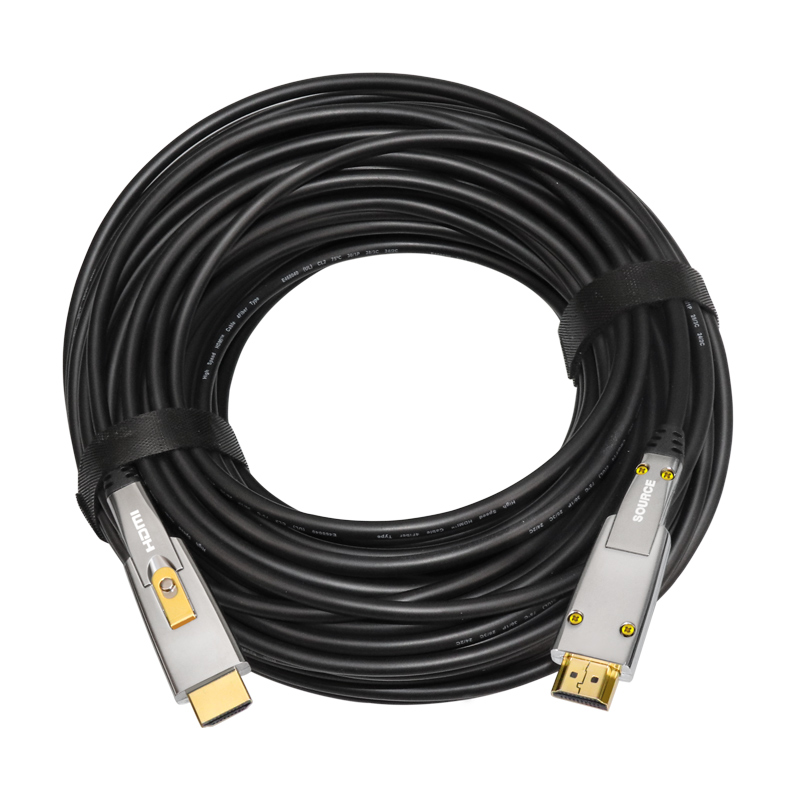
Enhancing HDMI Connections with AOCs
In conclusion, Active Optical Cables (AOCs) offer significant advantages over traditional copper cables when it comes to enhancing HDMI connections. The technology behind AOCs enables high-speed and reliable transmission of audio and video signals, providing superior performance and signal quality. With better signal integrity, resistance to electromagnetic interference, support for higher resolutions, and longer cable lengths, AOCs optimize the overall HDMI experience.
To make the most out of AOCs, it is essential to understand their technology and consider specific requirements and compatibility factors when choosing the right AOC for your setup. By carefully evaluating cable length, bandwidth requirements, compatibility with HDMI standards, and connector types, you can ensure seamless connectivity and future-proof your audio/video system.
Whether you are a technology enthusiast, a home theater aficionado, or a professional in the audio/video industry, integrating AOCs into your HDMI setup will unlock new possibilities and elevate your multimedia experience to new heights. Embrace the power of AOCs and enjoy enhanced performance in transmitting audio and video signals like never before.
See Also
Choosing the Right Cable for Long Span Applications: ADSS Fiber vs. Others
Exploring the Benefits of Pullable Pre-Connectorized Cables
Advantages of ADSS Fiber Optic Cables in Overhead Transmission
Understanding the Importance of Fiber Optic Cables in Underground Installations
Reliability and Durability of 2 in 1 Harden Optical Connector Cable Assemblies

